31+ SAMPLE Health Care Strategic Plan
-
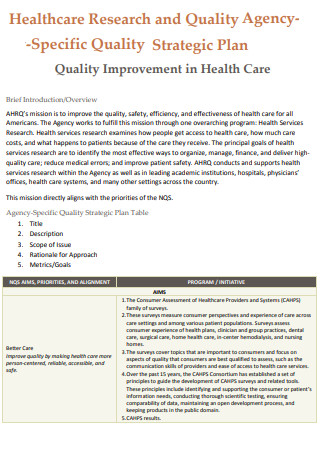
Healthcare Quality Improvement Strategic Plan
download now -

Healthcare Strategic Plan Report
download now -
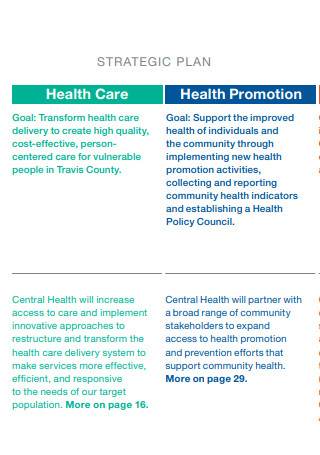
Central Healthcare Strategic Plan
download now -

Health Care Vision Strategic Plan
download now -
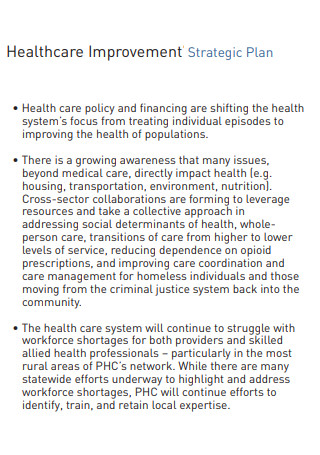
Health Care Improvement Strategic Plan
download now -
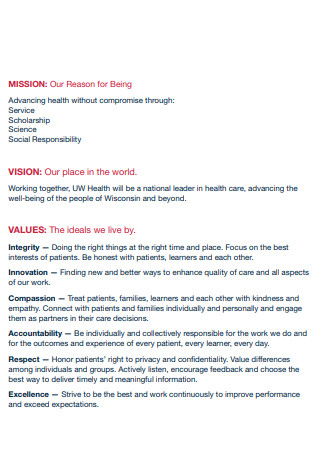
Sample Health Care Strategic Plan
download now -
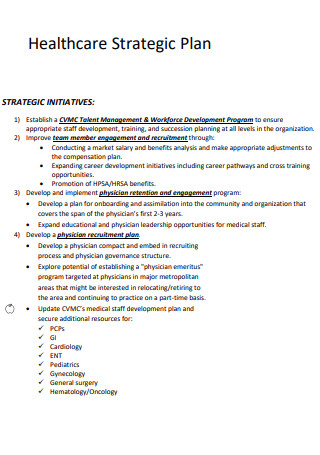
Health Care 3 Year Strategic Plan
download now -
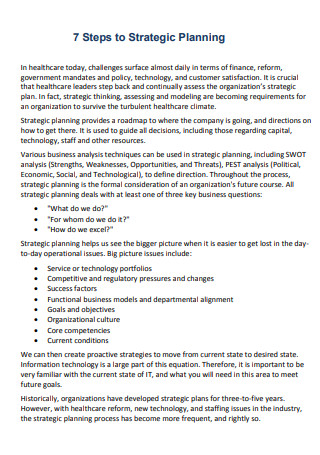
7 Steps to Healthcare Strategic Planning
download now -
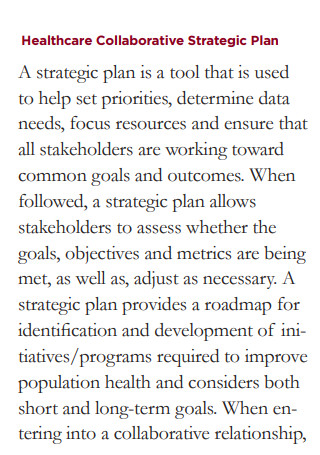
Healthcare Collaborative Strategic Plan
download now -
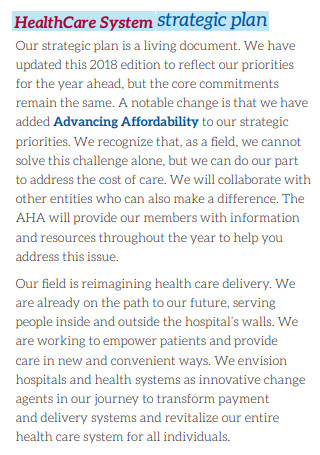
Healthcare Systems Strategic Plan
download now -
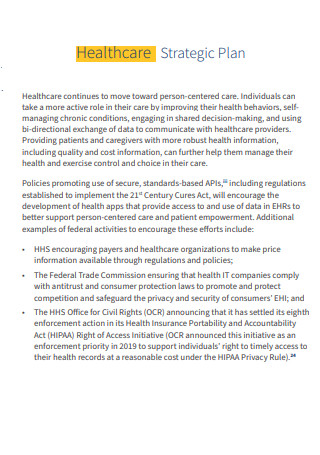
Healthcare Provider Strategic Plan
download now -
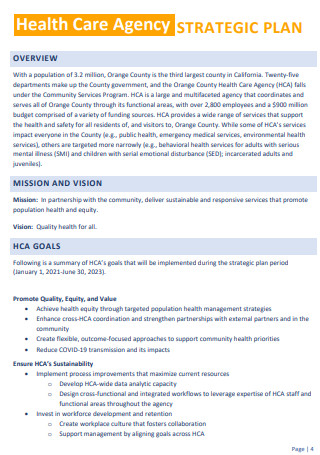
Healthcare Agency Strategic Plan
download now -
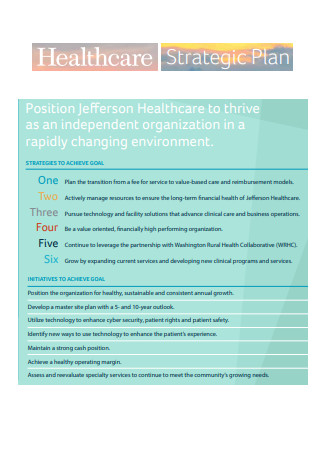
Healthcare Strategic Plan
download now -

Hospitals and Healthcare Systems Strategic Plan
download now -

University Healthcare Strategic Plan
download now -
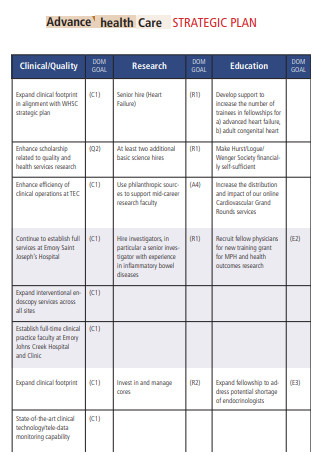
Advanced Healthcare Strategic Plan
download now -
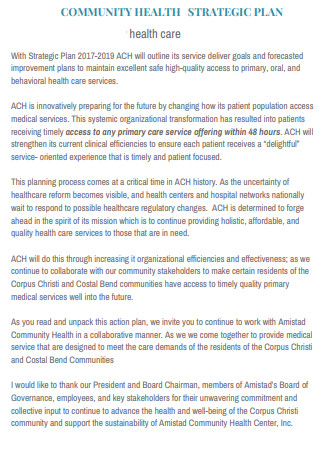
Community Healthcare Strategic Plan
download now -
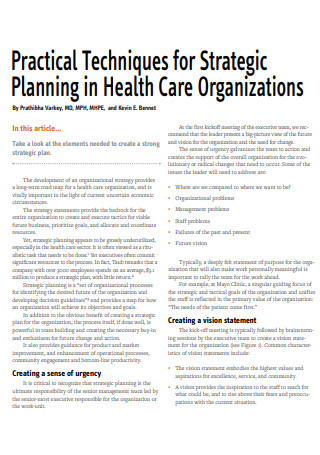
Health Care Organizations Strategic Plan
download now -
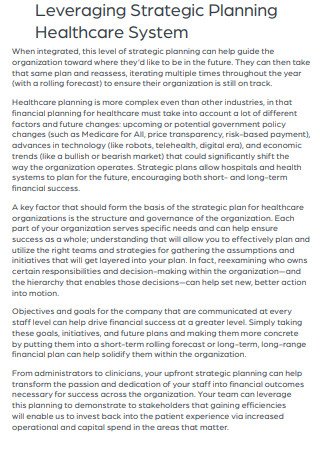
Healthcare System Leveraging Strategic Plan
download now -
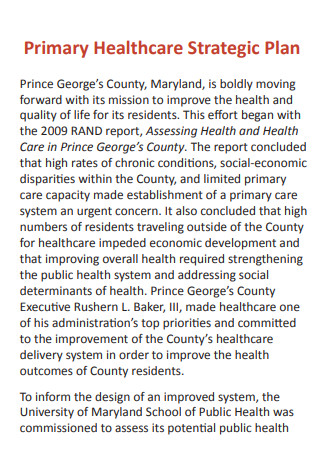
Primary Healthcare Strategic Plan
download now -
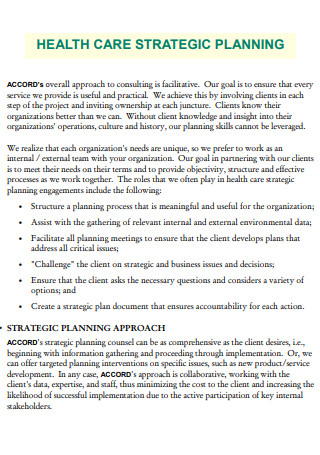
Simple Healthcare Strategic Plan
download now -
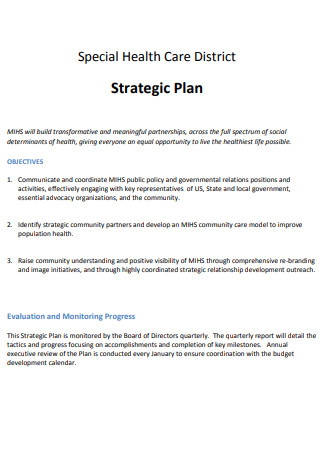
Healthcare District Strategic Plan
download now -
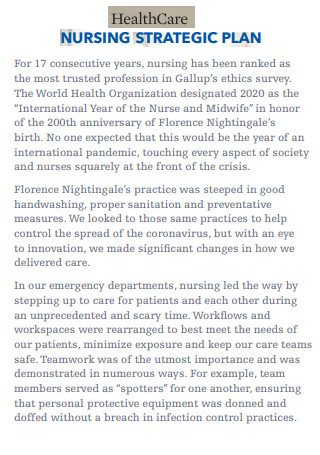
Nursing Healthcare Strategic Plan
download now -

Behavioural Healthcare Strategic Plan
download now -

Public Health and Health Care Preparedness Strategic Plan
download now -
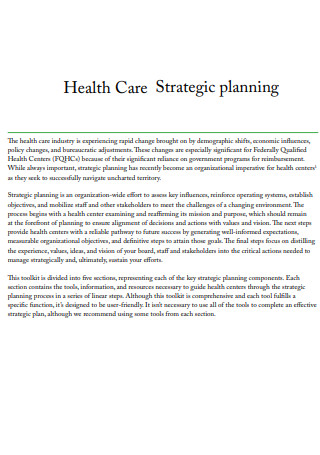
Health Care Strategic Plan Example
download now -
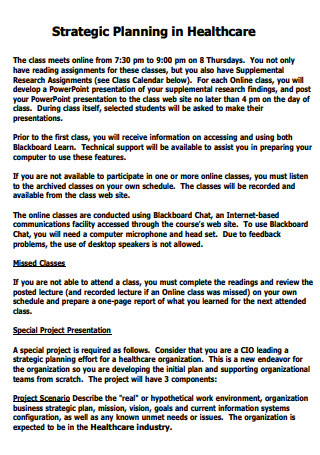
Professional Health Care Strategic Plan
download now -
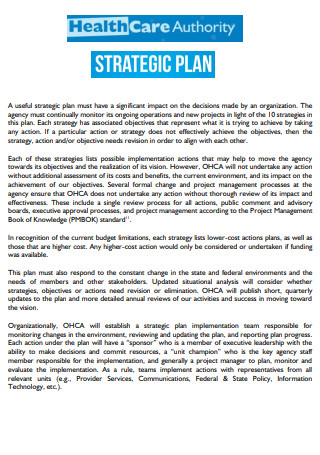
Health Care Authority Strategic Plan
download now -
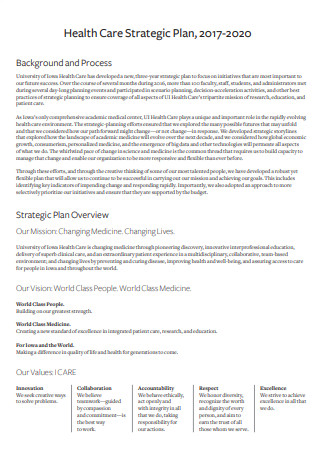
Basic Health Care Strategic Plan
download now -
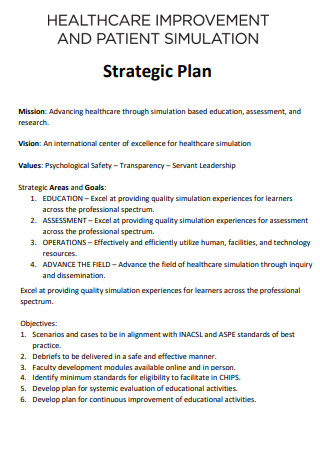
Health Care Improvement And Patient Stimulation Strategic Plan
download now -
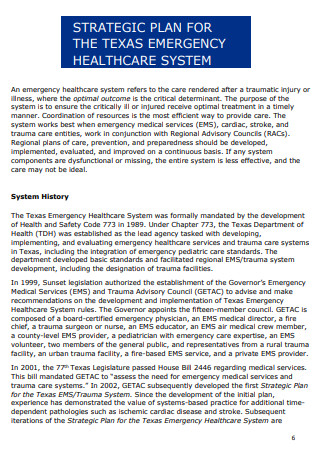
Emergency Health Care Strategic Plan
download now -
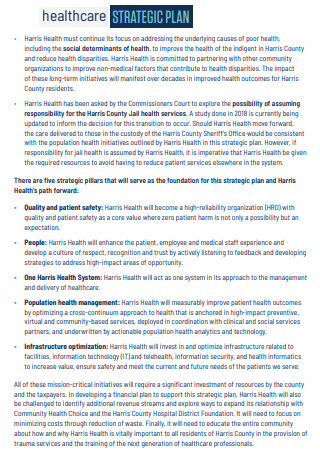
Formal Health Care Strategic Plan
download now
FREE Health Care Strategic Plan s to Download
31+ SAMPLE Health Care Strategic Plan
What Is a Health Care Strategic Plan?
Importance of Strategic Planning in Health Care
What Are the Different Models of Strategic Planning?
Step by Step Process in Health Care Strategic Planning
FAQs
What is a strategy?
What is the difference between a strategic plan and a tactical plan?
What is a strategy map?
What Is a Health Care Strategic Plan?
Before we talk about what a health care strategic plan is, we should know all about what is strategic planning first. By definition, strategic planning refers to a particular organization’s process of defining its strategy, or direction, and making decisions on allocating its resources to pursue its strategy.
A healthcare organization’s strategic plan involves outlining the actionable steps that the organization needs to take in order to achieve or reach the specific goals they’ve set. While strategies greatly differ between different levels of the organization, their sole purpose is to bring their actions into alignment with its stated mission or values. Nowadays, various health care providers require more patient-centric, value-based approaches in their strategic plans. They also have to recalibrate their health care strategies so that it suits the current market trends and the ever-changing approaches to patient care.
Importance of Strategic Planning in Health Care
Here are the reasons why strategic planning is an essential part of a healthcare organization:
What Are the Different Models of Strategic Planning?
Here are some of the different strategic planning models:
Step by Step Process in Health Care Strategic Planning
Here are the steps that can be taken to implement an effective health care strategic plan:
1. Develop a Mission/Vision Statement and Review It
Despite the fact that many healthcare organizations have developed a vision, mission, goals, and objectives, these elements must still be reviewed on a regular basis. The reason for this is the constantly changing environment and business constraints imposed on healthcare organizations by the government, payors, competition, physicians, patients, vendors, and so on. Each internal department’s vision and mission must be aligned with and supportive of the overall business strategy.
An organization’s mission is the reason it exists. Typically, the mission is expressed in the form of a statement that conveys a sense of purpose to employees, patients, physicians, and the community. The mission establishes the tone for the goals and objectives.
2. Conduct a Business and Operational Analysis
Understanding internal strengths and weaknesses, as well as external threats and opportunities, is a key goal of strategic planning. It is critical to involve stakeholders from across the healthcare organization – as well as vendors – to provide their perspectives. This involvement will not only improve your plan but will also foster organizational ownership, which is essential for the plan’s execution and sustainability.
3. Develop and Select Strategic Options
Based on the inputs that were taken, all possible strategies should be developed. The list should then be narrowed down to strategies that are consistent with the healthcare organization’s guiding principles. Guiding principles define the “ground rules” and parameters that will guide your organization’s decision-making. Will your organization, for example, consider merging with or acquiring another organization in order to achieve its objectives? Do you want to outsource specific tasks? Your organizational capacity is another decision-making criterion. As an example, suppose you have a goal. Are there enough physicians to support an increase in volume if the goal is to increase revenue in orthopedics by a certain percentage? Do they specialize in the services that will help them achieve that goal?
4. Establish Strategic Objectives
This step will narrow the listed possible strategies in the previous step by applying various models to each strategy in order to determine the effect it will have on the healthcare organization. This step is also where key measures and timelines are established or validated. Once the strategies are tested in this way, they can now be put together to form the strategic plan. It should be noted that the plan’s objectives should be SMART (specific, measurable, achievable, realistic, and time-bound).
5. Create a Strategy Execution Plan
This step is important since a plan must be fully developed in order to implement the chosen strategic options in the plan. In order to be successful, organizational ownership of the plan is needed which includes not only the executive sponsorship but also the active involvement of all the staff members in the healthcare organization. After developing the execution plan, it is important to communicate it to all levels of the organization.
Right before the execution of the plan, keep in mind that it is also critical for the leadership to be able to allocate proper funding. staffing, or other resources to specific initiatives. Leadership commitment on budget and resources must be received by the organization before they can proceed.
6. Perform Constant Progress Reviews
Constant and ongoing progress reviews are one of the critical success factors for effective strategy deployment. The deployment must include appropriate reporting mechanisms. When issues, challenges, deviations, or obstacles are identified, decisions and remediation are required – some of which may result in a change in strategic direction. As a result, it is critical to determine who is involved in the review process and what is reviewed.
FAQs
What is a strategy?
The term strategy can have many different meanings. In the context of strategic planning, it is defined as describing how the ends will be achieved by the means (how the goals will be achieved by the resources). To expand on this definition, it generally involves setting strategic goals, determining the actions to achieve the set goals, and mobilizing various resources for the purpose of executing the actions.
What is the difference between a strategic plan and a tactical plan?
A strategic plan supports the vision and mission statements of the organization by outlining the high-level plan developed to achieve both. Strategic plans generally provide a broad, long-term picture. Strategic plans also influence the development of tactical plans.
A tactical plan, on the other hand, answers the question “How is a strategic plan achieved?” It outlines the actions taken in order to achieve short-term goals. Tactical plans usually only have a narrower focus and can be broken down into the departmental or unit level. Tactical plans also outline what each department of an organization needs to achieve, how it must do so, and who has the responsibility for implementation.
What is a strategy map?
A strategy map refers to a diagram that is used to document the primary strategic goals that are being pursued by an organization or a management team. Its purpose is also to give the members of an organization a clear line of sight into how the tasks that they do link to their organization. It also shows how the organization will convert its initiatives and resources into tangible outcomes.
If a strategic plan is properly developed and implemented, a healthcare organization can reap its benefits, such as developing a coherent and defensible base for making various decisions, improving the allocation of its resources, identifying high and low-performing areas of the organization, and standardizing the operations of the organization. Having an effective strategic plan also establishes the steps needed to be done in order to deliver high-quality care. A well thought-out strategic plan can also increase teamwork within the organization, increase engagement within its employees/members, and most of all can improve performance accountability. In this article, examples of an effective health care strategy plan are available for you to download and use personally as a reference should you need to make one for your healthcare organization.
